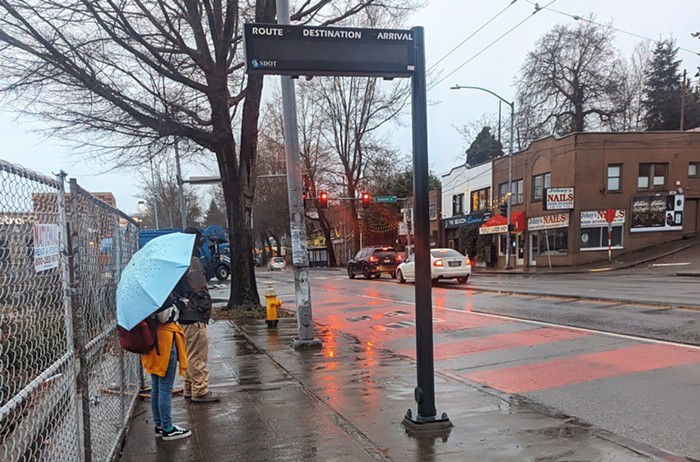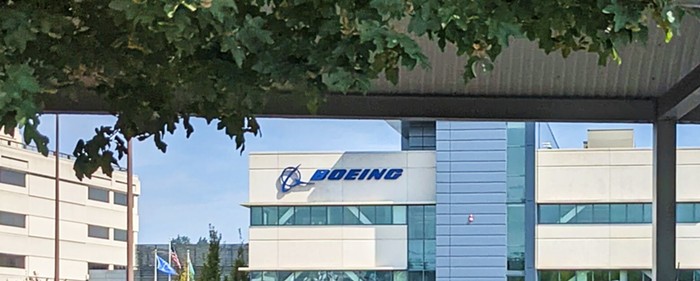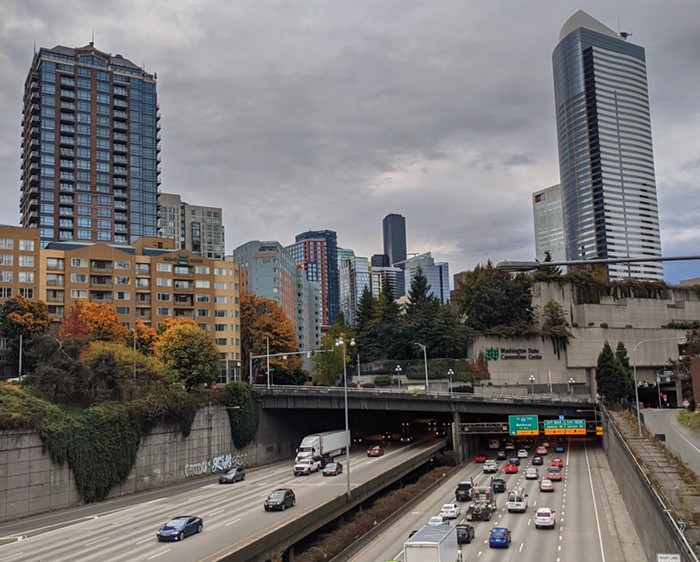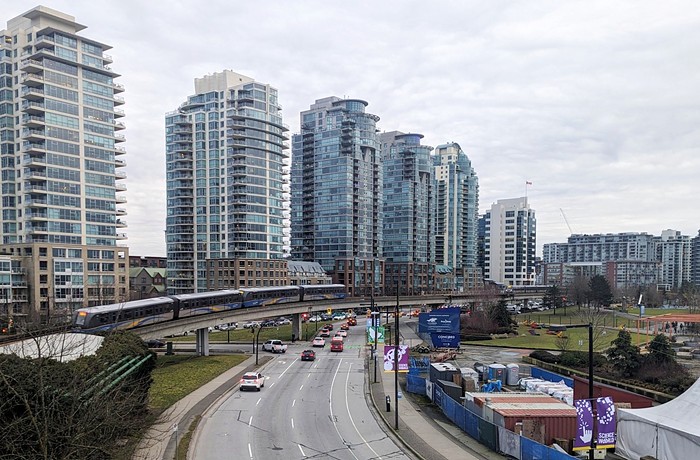
Last week I visited the most beautiful and urban city in the Pacific Northwest, Vancouver, B.C. I hadn't traveled there since October of 2019. This time I had to make the connection by car because the train to the Beaux-Arts style Pacific Central Station is still not running, despite the border opening to fully vaccinated and recently tested Americans on August 9. (On September 7, the border opened to all vaccinated and recently tested foreigners.)
There was one advantage to the hated road trip, however. I saw, for the first time, the amazing progress being made in the light rail on the Lynnwood Link Extension, which begins at the soon-to-be-opened Northgate Station. The view from the car window was phantasmagorical. Like a dream emerging from the ground and materializing before your eyes. At one point, the elevated rail flew over I-5, flew like a future looking back at the past with the superiority of an owl. This was not the departing Owl of Minerva, but one arriving and saying: Look at me. Look at who you are. You look like you are not long for this world.
The road trip also revealed the mind-boggling popularity of over-sized pickup trucks. They dominate the stretches of freeway that begin and end on the edges of great cities, and dominate the vehicle sales in the US. According to the website Car and Driver, in the first half of 2021, the number 3 vehicle, Chevrolet Silverado, sold over 286,400 units; the number 2 vehicle, Ram Pickup, sold over 313,000 units; and the number 1 vehicle, the Ford F-Series, sold over 362,000 units. On I-5, I saw monster after monster of these monsters.
On Monday, September 13, a species (Dodge Dakota) of this exorbitantly useless mode of vehicle transportation appeared in the press.
US Capitol Police arrest a man armed with a bayonet and machete in his truck near Democratic National Committee headquarters https://t.co/mCJ2R31MZN
— CNN Breaking News (@cnnbrk) September 13, 2021
And this appearance was made not to long after this one:
casually seeing witnessing a bomb threat on the way to class nbd love this country #capitol #libraryofcongress pic.twitter.com/inpBJP0cCy
— fupa mama (@nirvananoir) August 19, 2021
Before I discuss Vancouver, I must point out that these monsters of the tax-funded roads are relatively cheap—between $35,000 and $45,000. One would expect something that big to be at least three times that cost range, which means, once again, the cost of ownership is much, much lower than it's cost to society. These monsters receive a subsidy that is the stuff of dreams for light rail.
Vancouver had not changed much since I last saw it. Almost all of my bars and restaurants were still around, and in some cases thriving because of outdoor seating, which was pronounced on sections of Main Street and Commercial Drive. But I did notice a difference between the outdoor-seating boom in Vancouver and that in Seattle. In Vancouver, it is almost impossible to get a seat.
No matter what you do, you are always too late to get a spot by the street. It's as if the people occupying these outdoor tables have always been there. And they never leave, and you are forced to go indoors. Vancouver actually needs more parking spaces devoted to this pandemic-era development.
Though Vancouver has its fair share of the anti-vax nutters, who are deeply distressed about B.C.'s planned vaccine card system (it's popular for the most part), one couldn't help but be impressed by the city's widespread commitment to masks. Here, little to no excuse is offered to those who enter a building or business without one. Indeed, at certain places, I felt my Seattle-instructed mask game was not at all up to snuff.
But what about the coyotes in the best and biggest park in the Pacific Northwest, Stanley Park? After repeatedly attacking "joggers, picnickers and children," the city decided enough was enough; now was the time to reduce their number by 35. Many were unhappy with this decision. Let nature be nature, they said and believed. Humans, not these wild canines, were the real problem. Even 1980s chart-topping Canadian rocker Bryan Adams sided with the coyotes, and not those of his kind.
Canadian musician Bryan Adams is using his platform to send a message to British Columbia: ban the cull of coyotes in Vancouver’s Stanley Park. https://t.co/j293Xh2Yft
— Daily Hive Vancouver (@DailyHiveVan) September 6, 2021
A trip to the park on the first night of my visit revealed the dark side of Stanley Park. The roads into the park were all blocked. You could not go in. You had to turn around and return to where you really belonged, the city, as the park people culled the wildness out of the coyotes. My hotel had an excellent happy hour.



















